Are you looking for effective ways How to Break a Trauma Bond? If you’re deeply entangled in a toxic relationship, it can be an incredibly challenging and emotional journey. Trauma bonding occurs when an individual form strong emotional attachments with their abuser due to a cycle of abuse and intermittent reinforcement. To safeguard your well-being, you need to take decisive action and embark on a journey of self-discovery, healing, and personal growth. Keep reading to learn more about breaking a traumatic bond.
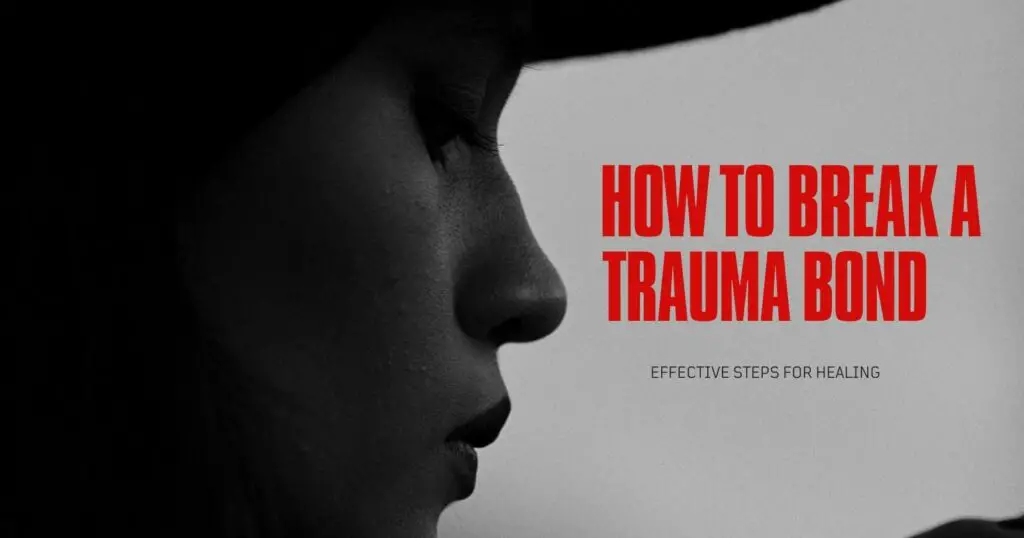
The first step for me was to recognize and acknowledge the abuse I was enduring. This opened my eyes to the reality of my toxic trauma bond relationship and helped me understand the extent of the emotional damage. Seeking out resources and support groups such as friends, family, and professionals played a crucial role in my journey. As I started to focus on self-care and self-compassion, I gradually rebuilt my self-esteem and began to regain control over my life.
Throughout this journey, I encountered numerous obstacles and setbacks, but the ultimate goal was to liberate myself from the trauma bond and create a healthier, more fulfilling life. The path to freedom from trauma bonding may not be a linear one, but with determination, courage, and resilience, it’s possible to break the cycle and rediscover your true worth.
Understanding Trauma Bonds
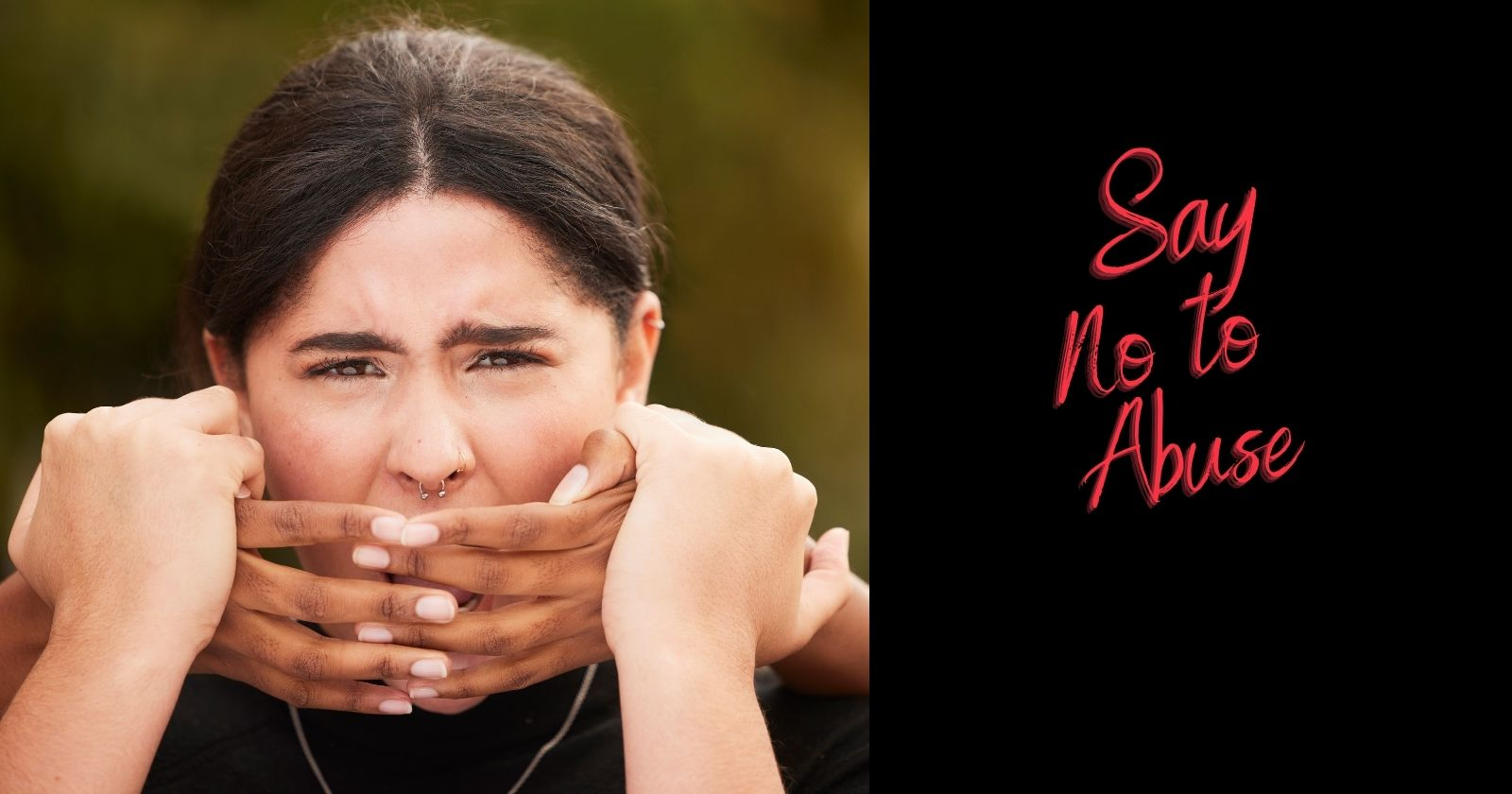
The Concept of Trauma Bonding
Trauma bonding is a phenomenon that occurs when an unhealthy emotional bond forms between a victim and their abuser. This type of attachment is particularly dangerous because it keeps the victim in the cycle of abuse, making it difficult for them to leave the harmful situation. I’ve learned that trauma bonds can develop in various relationships, such as romantic partnerships or even between family members.
In my research, I found that trauma bonds usually form through a cycle of abuse, where the abuser alternates between periods of affection and episodes of mistreatment. This pattern confuses the victim, causing them to become reliant on their abuser for validation, support, or even basic needs.
Types of Trauma Bonds Occur
There are different forms of trauma bonds that I came across, all of which lead to dysfunctional trauma-bonded relationships and hinder the victim’s well-being.
- Emotional Trauma Bonds: In this kind of bond, the abuser manipulates the victim’s emotions, often through tactics like gaslighting, isolation, or belittling, making the victim feel dependent on their abuser to feel worthy or loved.
- Physical Trauma Bonds: When the abuser causes physical abuse to the victim, it can create a cycle of violence where the victim becomes attached to the abuser due to the intermittent periods of kindness that follow the abuse.
- Sexual Trauma Bonds: These bonds occur in toxic and abusive relationships where one person uses sex as a means of control and abuse, often making the victim feel like they are powerless or obligated to stay in the relationship.
Understanding these different types of trauma bonds can help me make sense of why it’s so hard for victims to break free from these harmful connections. Recognizing the signs and seeking support is crucial for breaking the cycle and finding a path to healing.
The Abusive Trauma Bonded Relationship Dynamic
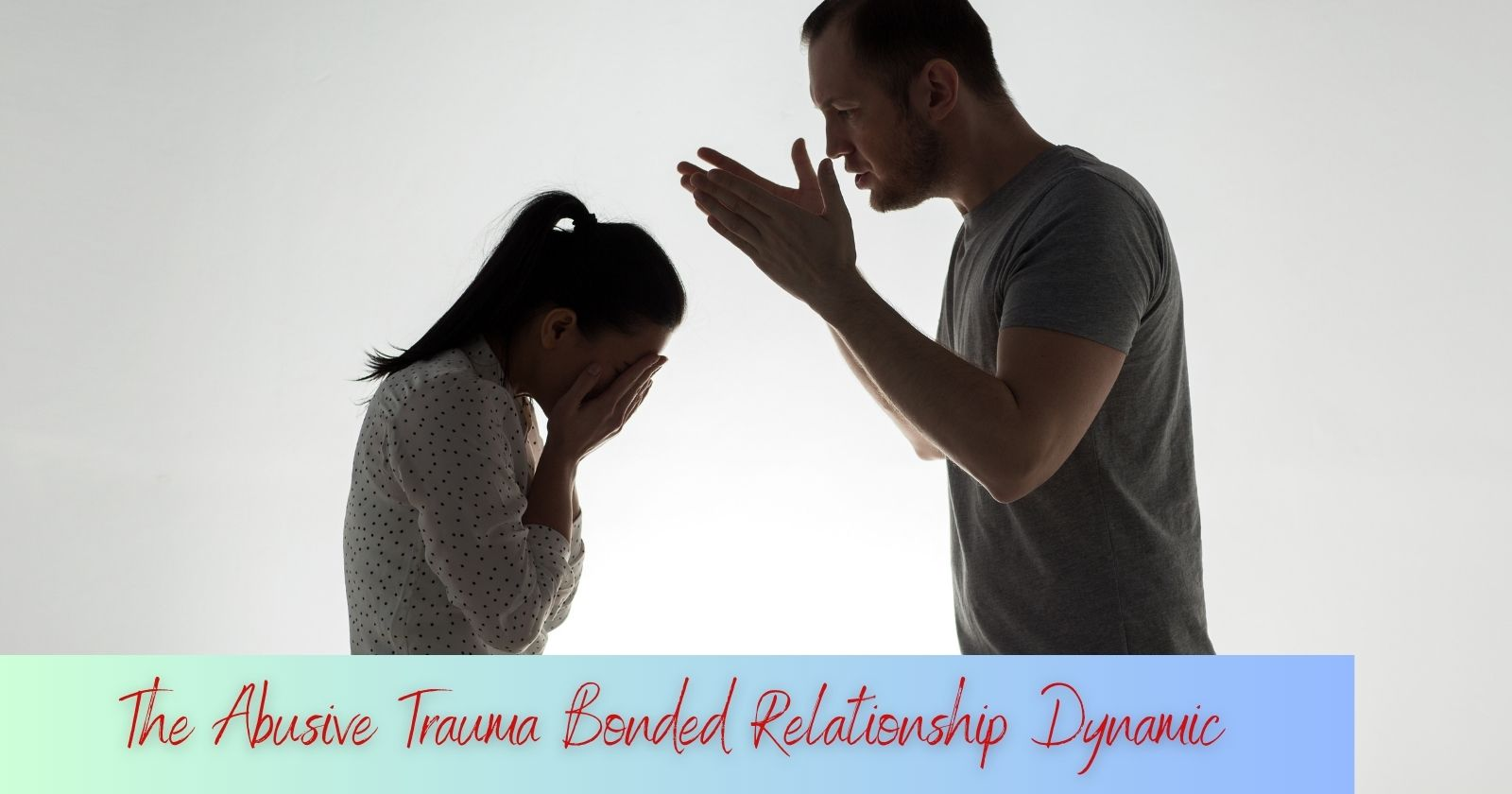
Cycle of Abuse
I’ve learned that trauma bonding is a common outcome of physically abusive relationships. In these relationships, a cycle of abuse often occurs, where the abused person alternates between periods of kindness and violence or manipulation. This cycle not only fosters a strong emotional attachment but also creates an unhealthy dependency.
As the abuse continues, I’ve noticed that it can take a toll on my self-esteem, making it even harder to leave the relationship. The cycle of abuse can lead to feelings of anxiety, PTSD, and a constant state of emotional upheaval. In my experience, recognizing this cycle is an essential step to breaking free from a trauma bond.
Manipulation Techniques
Abusers employ various manipulation techniques to maintain control in toxic relationships. One such method is gaslighting – a type of psychological manipulation that causes the victim to doubt their own perceptions and reality. In my case, gaslighting from my partner made it difficult for me to trust my own instincts and identify the abuse.
Some other common manipulation techniques include:
- Guilt-tripping: Making the victim feel guilty for the abuser’s actions or problems in the relationship.
- Love-bombing: Overwhelming the victim with affection before withdrawing it suddenly creates confusion and insecurity.
- Isolation: Cutting off the victim’s connections to friends and family, increasing their dependency on the abuser.
- Threats or intimidation: Using implied or direct threats to create fear and control the victim’s behavior.
These manipulation techniques are designed to erode my sense of self-worth, increase my dependency on the abuser, and make it difficult to leave the abusive relationship. Becoming aware of these tactics is crucial in the process of breaking a trauma bond and seeking help to heal and move forward.
Signs of Trauma Bonding
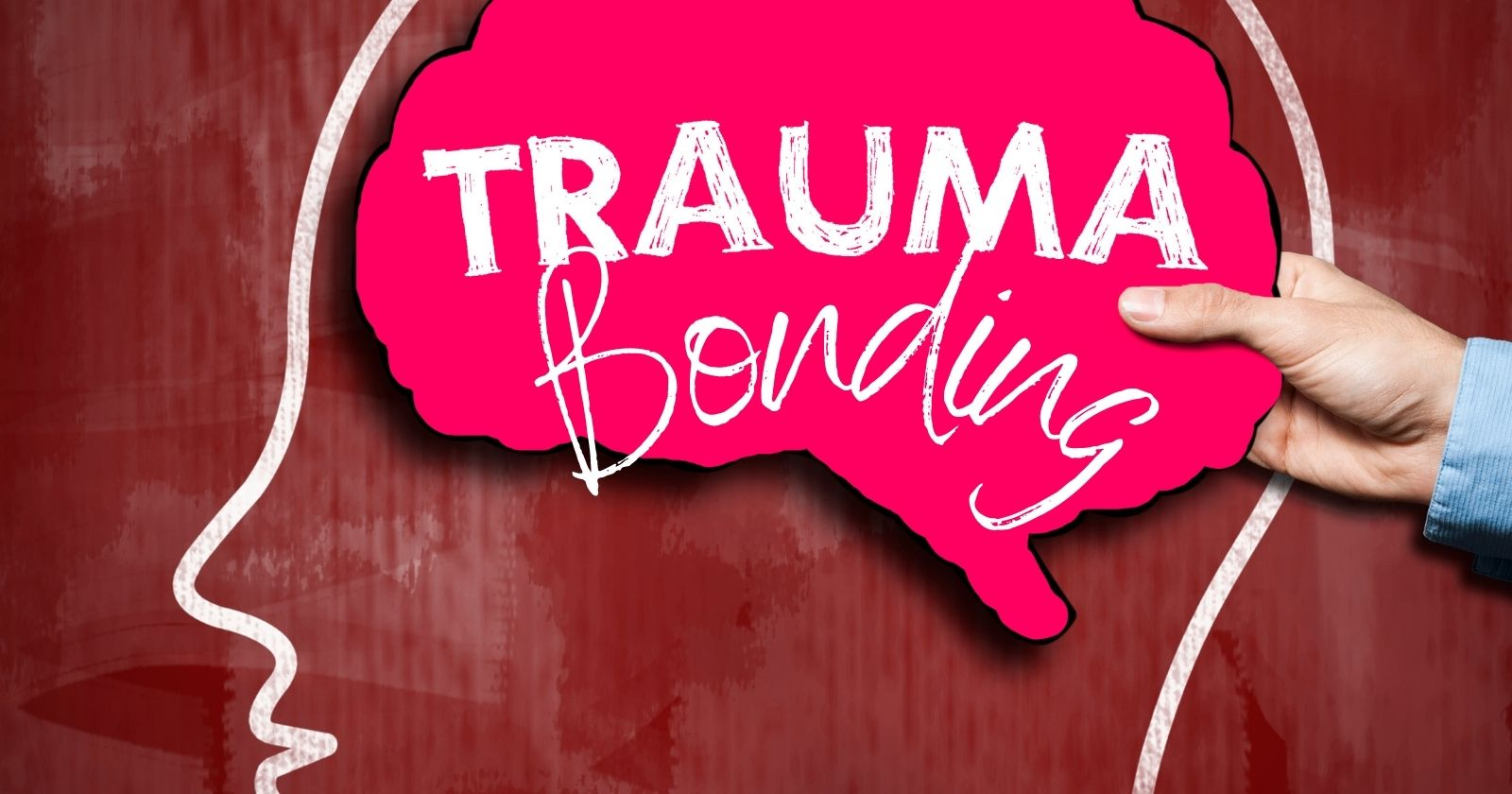
Behaviors and Thoughts Indicating Trauma Bonds
As I started to understand more about trauma bonding, I realized that it’s crucial to recognize the signs that indicate someone might be stuck in a trauma bond. Some common signs might include dependency on the abuser, making excuses for their behavior, and rationalizing their actions (source). I also noticed that some well-known tactics, like love bombing, are often used by abusers to create these trauma bonds. They shower their victims with affection, only to switch it off when they feel like their control is secure.
So, how can we better identify these signs within ourselves or others? Well, here are some strategies I’ve come across that can help:
- Validate your feelings: Sometimes, I can get a little lost in my emotions, and it’s essential to remind myself that my feelings are valuable and legitimate. By validating my own feelings or seeking out validation from others, I find it much easier to spot unhealthy patterns in relationships.
- Keep a journal to track your thoughts and emotions: I realized that writing down my thoughts and feelings helps me identify patterns and recognize when something might be off in my relationships. This can be a helpful tool to spot signs of trauma bonding.
With these strategies in hand, I feel more confident about recognizing the signs of a trauma bond and taking steps to break free. It’s important to remember, though, that breaking a trauma bond can be challenging and may take time. Being patient with myself and focusing on the present is essential to my ongoing journey toward healing.
The Role of Mental Health in Trauma Bonds
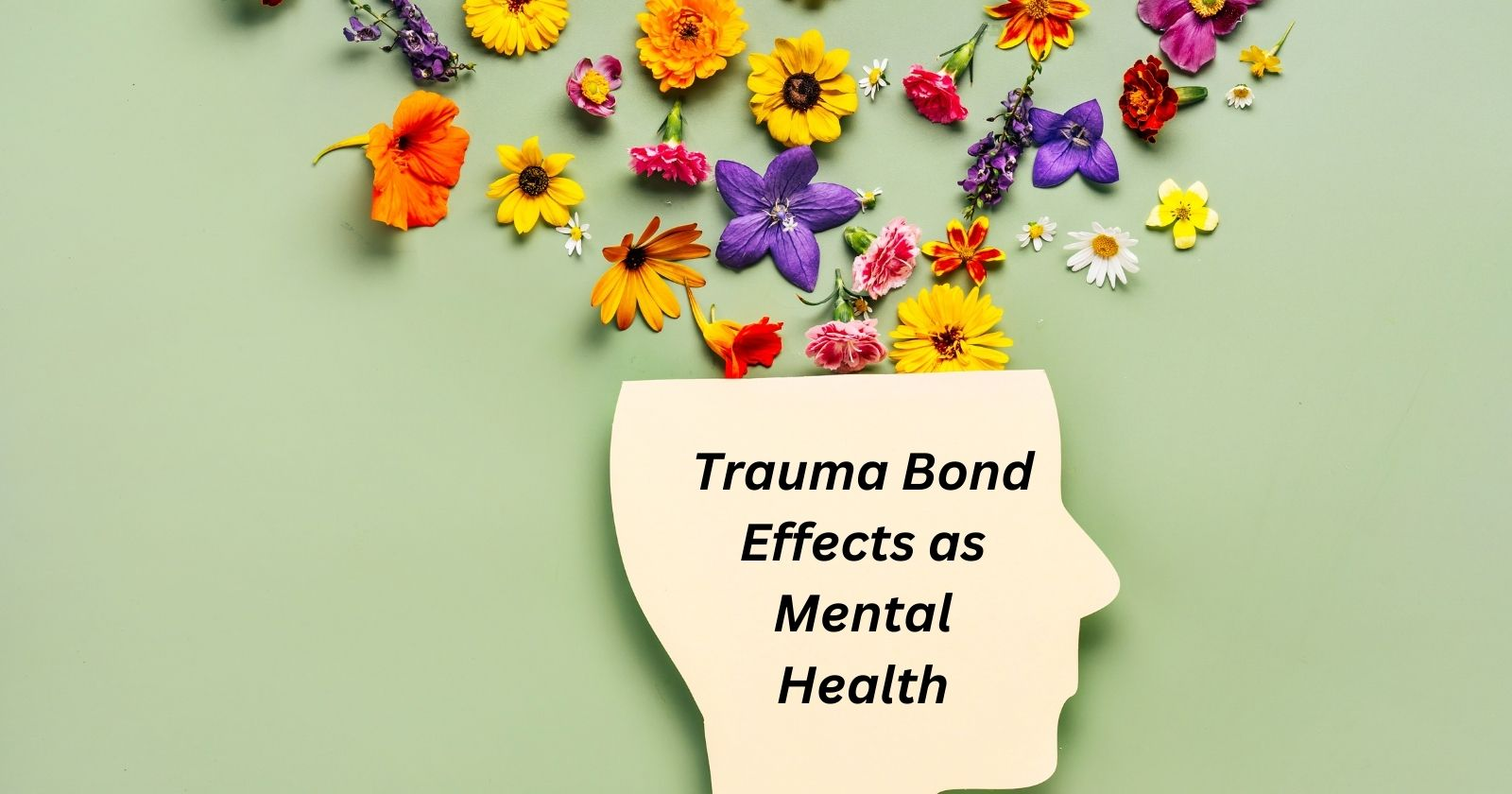
Effects of Trauma Bonds on Mental Health
The thing with trauma bonds is that they can really take a toll on our mental health. I know it’s tough living with the anxieties which crop up when you’re in a relationship; that’s just a cycle of abuse and attachment. For me, this translated into feelings of helplessness and even depression.
Did you know that trauma bonds often involve narcissistic personality disorder? I learned that trauma bonding is an intense emotional attachment formed between a perpetrator of abuse and the victim. The trouble is that narcissistic partner – all ruthless and devaluing – just keeps us coming back for more.
This cyclical nature of trauma bonding also messes with our memory. The nervous system takes a hit, and in some cases, people end up with PTSD. Add to those feelings of betrayal and self-blame, and it’s clear that breaking a trauma bond can be quite an uphill battle.
But what does recovery look like? This is where self-care comes into play. To break the cycle, it’s essential to take care of myself mentally and emotionally. Here’s what I do:
- Recognize the signs: First, I acknowledge the cycle of trauma bonding and how it affects my physiological state.
- Seek support: I rely on friends, family, or a professional therapist to help me navigate the feelings of anxiety and depression.
- Practice self-compassion: Instead of blaming myself, I remind myself that I deserve love and respect, and it’s not my fault I’m in this situation.
- Set boundaries: I work on setting clear boundaries with my abusive partner, and eventually, I focus on moving on from the relationship.
By paying attention to these steps, I’ve found that it becomes easier to break the traumatic bond and move on to a healthier, happier life.
Breaking the Trauma Bond
Steps to Heal from Trauma Bonds
Acknowledging the situation
I first needed to recognize that I was in a harmful situation and understand the relationship dynamic between me and the perpetrator of abuse. This involved accepting that the emotional attachment I had formed was a trauma bond and not a healthy connection.
Going no contact
Breaking a trauma bond required me to go no contact with the abusive person. This included blocking their phone number, social media accounts, and any other means of communication. It was a difficult decision, but necessary for my healing process.
Identifying excuses and rationalizations
I realized that I often made excuses for the abusive behavior or tried to rationalize it. To truly break away from the trauma bond, I needed to stop providing justifications for the unhealthy relationship and accept that there were no valid reasons for the abuse.
Dealing with depression and grief
In the aftermath of cutting ties with the abusive individual, I went through periods of depression and grief. I needed to allow myself to feel these emotions and process them as part of the healing journey.
Seeking professional help
A therapist trained in handling intimate partner violence and domestic violence situations played a crucial role in helping me understand and break the trauma bond. Their expertise and guidance were invaluable in my journey.
Finding support from friends and family
I sought support from my friends and family during this time. They offered me a shoulder to cry on and helped me build my self-esteem back up. Having a support system was vital in my path to healing.
Developing healthy coping mechanisms
Learning new ways to cope with difficult emotions and situations was essential to my recovery. This included trying activities like yoga and meditation, which provided me with some much-needed peace and clarity.
Recognizing red flags
Moving on from the trauma bond meant that I needed to identify red flags in relationships and trust my instincts when something felt off. By being aware of potential warning signs, I could protect myself from falling into a similar situation again.
In my journey to break the trauma bond, I’ve learned that healing is a gradual process that requires patience, courage, and perseverance. Through each step, I’ve grown stronger and more resilient, ready to face a future free of toxic relationships.
Seeking Professional Help

When and How to Reach Out for Support
I’ll admit that breaking a trauma bond is not an easy journey, but seeking professional help can make all the difference. Even though it might feel intimidating, reaching out for support when I constantly feel confused, trapped, or even blamed can be the first step in healing.
A wise choice could be to start by finding a therapist who specializes in trauma bonding. They’ll understand the complex emotions and patterns involved in this dangerous cycle, helping me regain control over my life.
I’ve learned that it’s essential to reach out for support as soon as I recognize these deeper issues within my relationship. Initially, I can confide in a close friend or family member, but remember that approaching a professional is ultimately the best way to handle trauma bonding.
There are a few things I consider while seeking a therapist:
- Their expertise in trauma bonding
- Recommendations from friends or online reviews
- Fee structure and insurance compatibility
Now let’s talk about some practical steps I can take while working with a professional:
- Identifying the trauma bond: With the help of my therapist, I can learn to recognize the signs and patterns in my relationship that contribute to trauma bonding.
- Breaking the cycle: From understanding the role of reinforcement to seeking protection from abusive behavior, I can act on their guidance to break this toxic cycle.
- Building self-esteem: I must focus on rebuilding my self-esteem to avoid falling into the trap of self-blame. Positive self-talk, affirmations, and building healthy boundaries can go a long way in this regard.
Remember, seeking help is not a sign of weakness. It’s a courageous step that will lead me toward healing and a better future. So, don’t hesitate to ask for help when in doubt!

